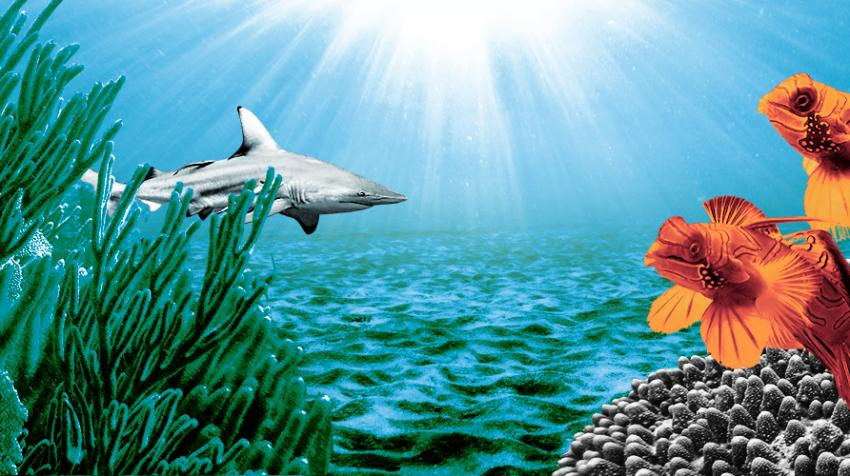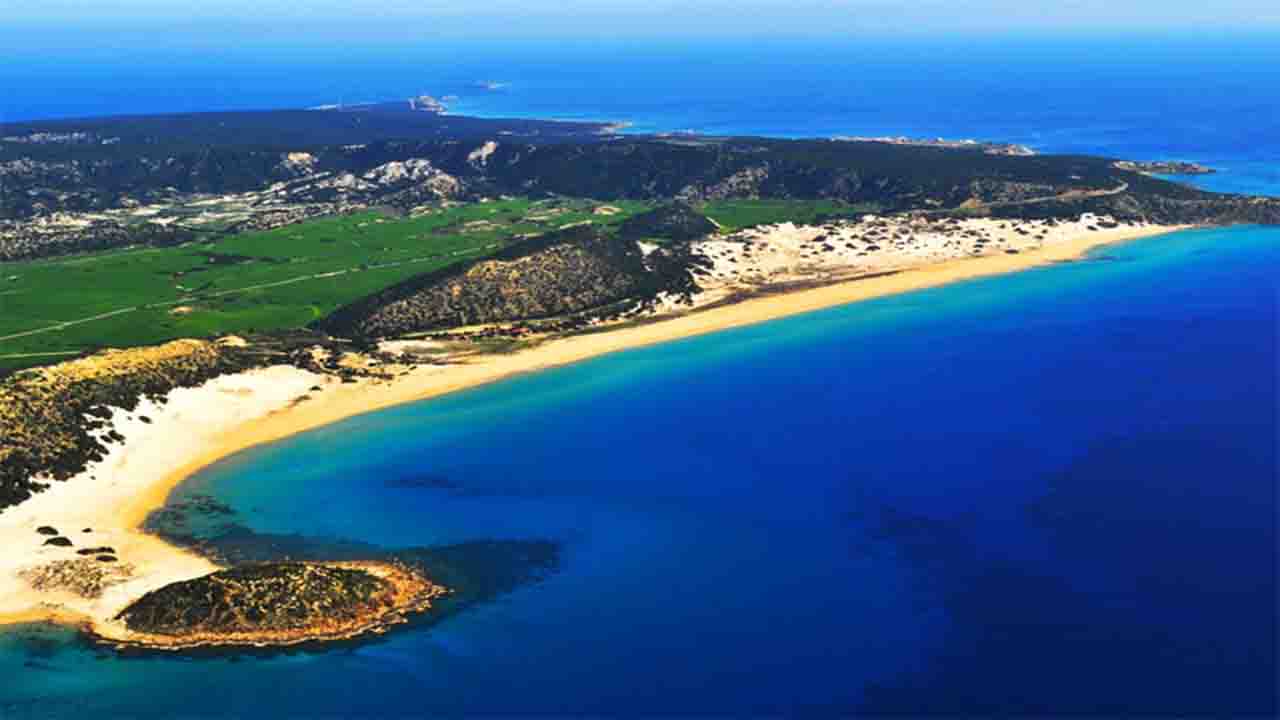By Wasana Nadeeshani Sellahewa
(Commonwealth) _ In addition to absorbing 25% of all carbon dioxide emissions and producing 50% of the oxygen we require, the ocean also catches 90% of the excess heat produced by these emissions. It serves as both “the lungs of the world” and as the globe’s biggest “carbon sink,” acting as a crucial buffer against the effects of climate change.
In order to lower greenhouse gas emissions globally and maintain the Earth’s climate, the ocean is essential.
The ocean’s capacity to absorb carbon dioxide and protect life on the planet has been harmed by rising greenhouse gas emissions, which have warmed and acidified seawater and caused negative effects to life on land and in the water.
Seagrass and mangrove ecosystems in the ocean, as well as the food webs they support, have the capacity to store carbon dioxide from the atmosphere up to four times more efficiently than terrestrial forests. Mangroves are very important in the effort to combat climate change because of their capacity to trap and store carbon.
With an average of 1,000 tonnes of carbon per hectare stored in their biomass and underlying soils, mangroves are among the planet’s most carbon-rich ecosystems. These ecosystems further promote thriving fisheries, enhance the quality of the water, and shield coastal areas from storms and flooding.
The most commercially and environmentally important ecosystems on our planet are coral reefs. Despite occupying less than 1% of the ocean’s surface, they are responsible for about 25% of marine biodiversity and provide up to a billion people with coastal protection, fisheries, medical benefits, recreational opportunities, and tourism income.
One of the best ways to preserve the health of the ocean is through marine protected zones, which are oceanic regions set aside for long-term conservation goals. 6.35 percent of the ocean is now covered by marine protected zones, which is more than 10 times what it was in 2000. To safeguard coral reefs, mangroves, and to sustain the ocean’s resistance to climate change, these regions must be further expanded.
Offshore wind and ocean energy are two amazing forms of renewable energy that come from the elements of nature (wind, water, and tides) and don’t produce greenhouse gases like carbon dioxide or other ones that cause global warming.
Airflow via wind turbines turns electric generators mechanically to provide off-shore wind energy. Since a few years ago, wind energy technology, which has been around for millennia, has improved to create as much power as possible. The world’s top energy source may be wind power if it could supply more than one third of the world’s energy requirements. The first offshore wind farm in the world was constructed in Denmark.
Ocean energy systems utilize the thermal and kinetic energy of the ocean’s waves and currents, for example. Marine shipping, which is responsible for about 3% of the world’s greenhouse gas emissions, transports around 80% of all trade. In order to combat climate change, it is imperative that ship emissions of CO2 be zero by 2050. This entails switching from conventional fossil fuels to fresh zero-emission energy sources like hydrogen, ammonia, methanol, or wind.
One option to hasten the decarbonization of the shipping industry is through green shipping corridors, which are sea lanes connecting two ports that support ship technology with zero emissions. Between the ports of Los Angeles and Shanghai on the Pacific Ocean and between the ports of Antwerp and Montreal on the Atlantic Ocean, green corridors have already been established.
Nearly 10% of the world’s population, or more than 680 million people, reside in low-lying coastal areas. Highly sensitive groups in low-lying places, particularly tiny islands, are 15 times more likely to die from floods and storms than those with extremely low susceptibility, bearing the brunt of climate change.
Actions related to the ocean’s climate must lessen these effects and increase resilience for ecosystems and coastal populations who depend on a healthy ocean. That would entail taking adaptation measures that anticipate dangers, weaknesses, and remedies, such as early warning systems and environmentally sound ways to assist communities adjust to shifting ecosystems and coasts.
















